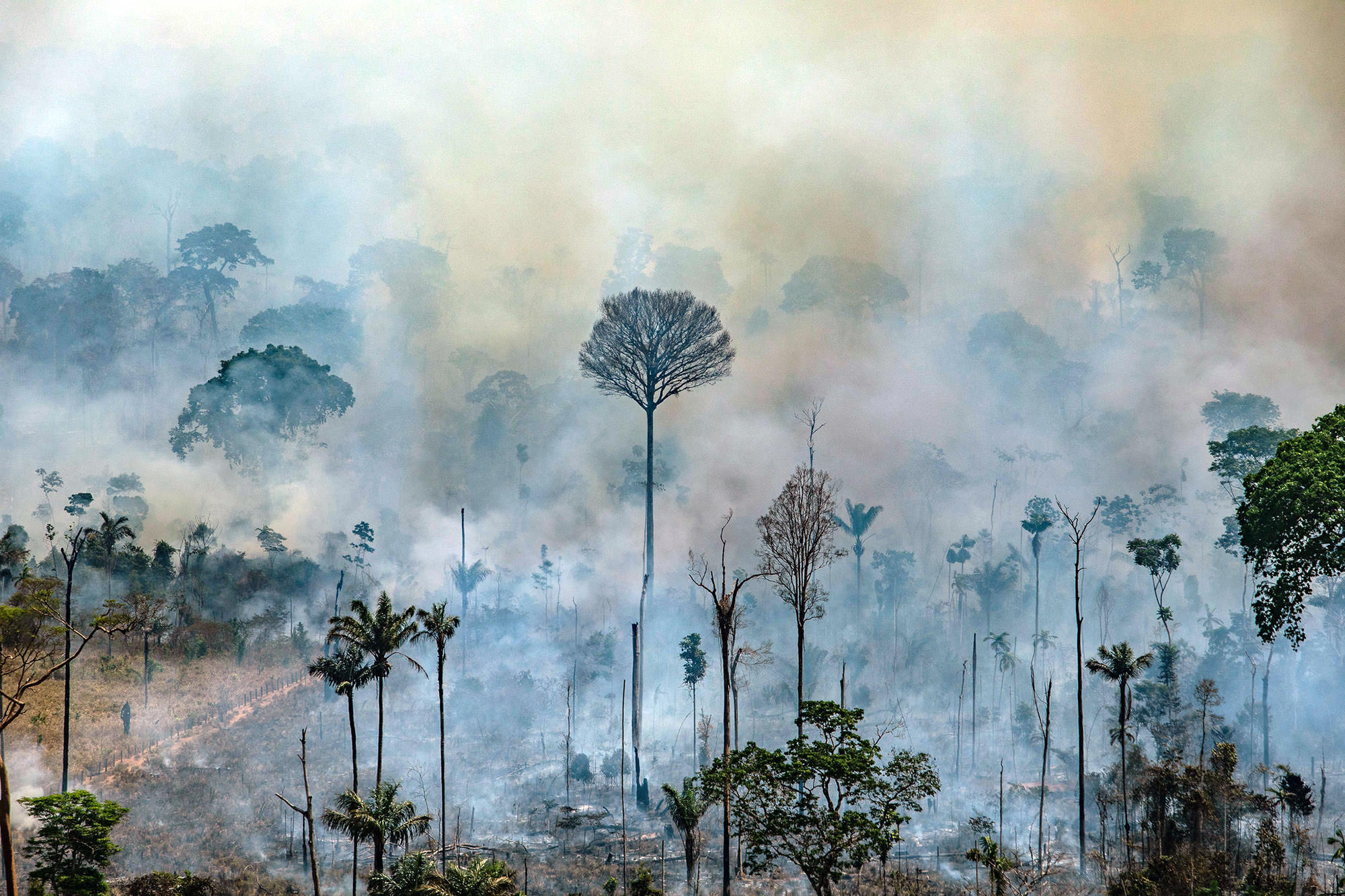

39 and are available on the NSW SEED data portal ( ).

Severity classes were calculated for the NSW fires using the fire extent and severity algorithm (FESM) developed by Gibson et al. Satellite-based fire severity mapping based on Sentinel-2 satellite imagery 38 was obtained for the Victorian fires from the Victorian Department of Environment, Land, Water and Planning and is available on the Victoria government spatial data portal ( ). The massive geographic scale and severity of these Australian fires is best explained by extrinsic factors: an historically anomalous drought coupled with strong, hot dry westerly winds that caused uninterrupted, and often dangerous, fire weather over the entire fire season. Timber plantations affected by fire were concentrated in NSW and 26% were burnt by the fires and >70% of the NSW plantations suffered severe canopy damage showing that this intensive means of wood production is extremely vulnerable to wildfire. The most important variables determining severe canopy damage were broad spatial factors (mostly topographic) followed by fire weather. Past logging and wildfire disturbance in natural forests had a very low effect on severe canopy damage, reflecting the limited extent logged in the last 25 years (4.5% in eastern Victoria, 5.3% in southern New South Wales (NSW) and 7.8% in northern NSW). Sampling 32% (2.35 Mha) of the area burnt we found that >44% of the native forests suffered severe canopy damage. Here, we show the overwhelming dominance of fire weather in causing complete scorch or consumption of forest canopies in natural and plantation forests in three regions across the geographic range of these fires. The 2019–20 wildfires in eastern Australia presented a globally important opportunity to evaluate the respective roles of climatic drivers and natural and anthropogenic disturbances in causing high-severity fires.


 0 kommentar(er)
0 kommentar(er)
